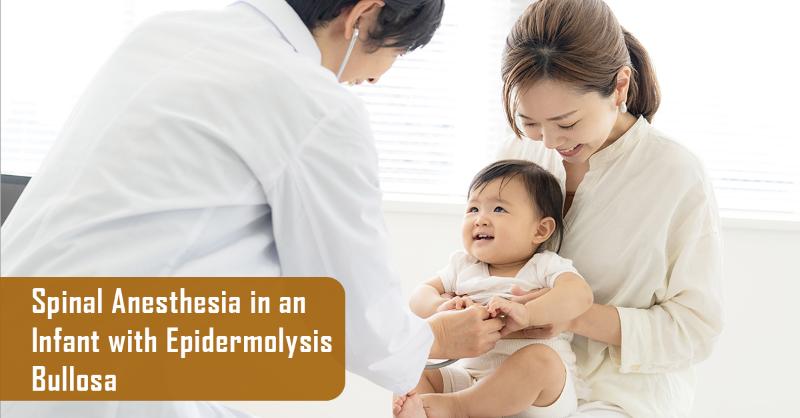- Home
- Anesthesiology
- Contents
Introduction Maternal obesity, defined as a body mass index (BMI) ≥ 30 kg/m² and classified as morbid obesity when BMI ≥ 40 kg/m², has become a major determinant of adverse obstetric outcomes globally (1). The physiologic changes of pregnancy—such as reduced functional residual capacity, increased oxygen consumption, and upper airway edema—are ampl
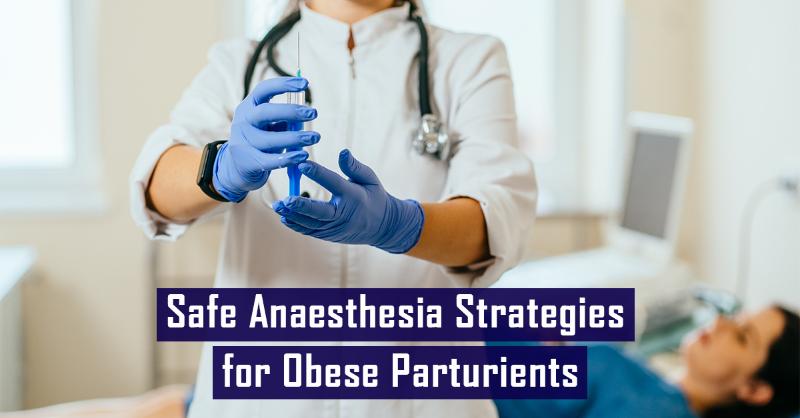
Effective perioperative management in diabetes begins with a thorough preoperative assessment. Goals include optimising baseline control (often targeting A1c < 8% for elective cases (1)) and identifying complications. Cardiac autonomic neuropathy is common, so look for resting tachycardia or orthostatic hypotension (2). Renal function should be che
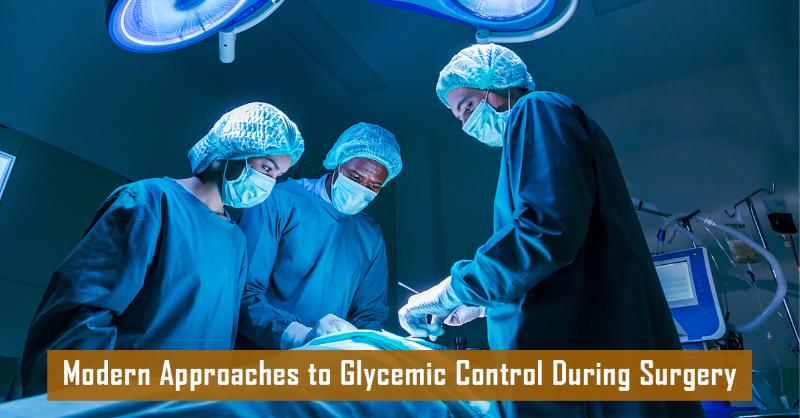
Introduction : Closed loop anesthesia delivery systems represent a significant advancement in modern anesthesiology, offering the ability to automate and fine tune anesthetic drug delivery using real time patient monitoring. These systems integrate physiological feedback, predictive algorithms, and precise infusion control to maintain stable anesth
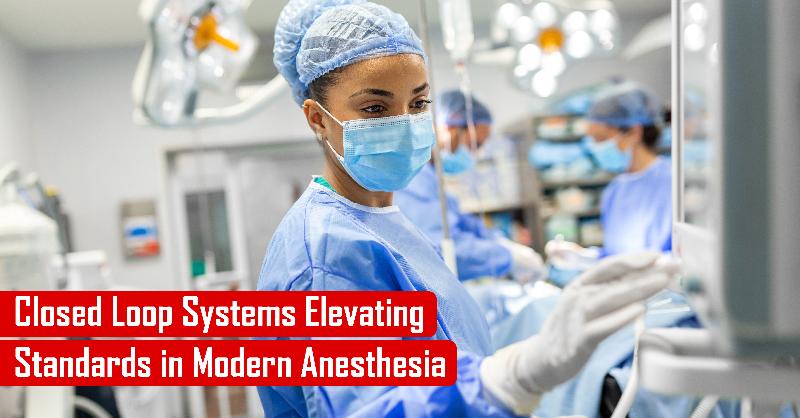
Introduction Lung cancer surgery is the standard of care for early-stage non-small cell lung cancer (NSCLC), offering the highest chance of long-term survival. However, perioperative factors, particularly anesthetic techniques, may influence immune function and potentially affect oncologic outcomes. Understanding the immunomodulatory effects of ane
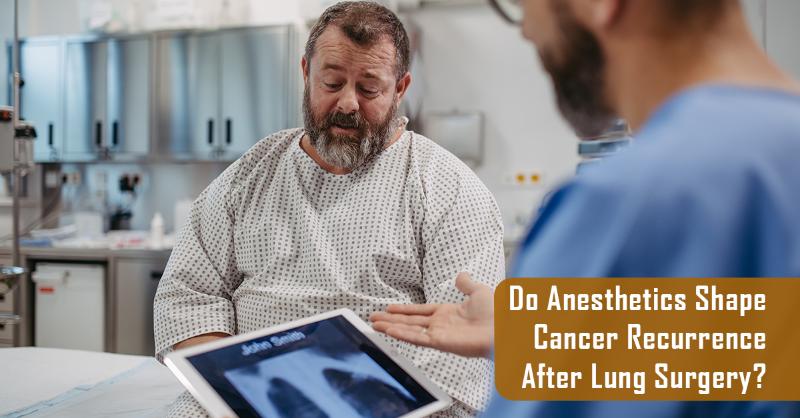
A 32-year-old woman with mosaic Turner syndrome, chronic hypertension, hypothyroidism, and prior miscarriage presented for induction at 37 weeks. Pre-anesthetic evaluation revealed a short neck, limited mobility, and Mallampati III airway, with normal cardiac function. Initial epidural at L4-5 failed due to narrow space and lumbar scoliosis. Ultras
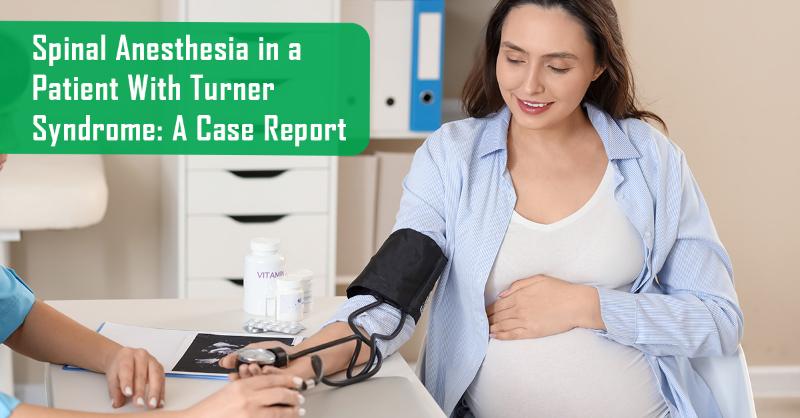
Introduction Ketorolac tromethamine is a potent nonsteroidal anti-inflammatory drug (NSAID) widely utilized for moderate to severe pain. Its primary mechanism involves the inhibition of cyclooxygenase (COX) enzymes, thereby reducing prostaglandin synthesis and inflammation. Evidence supports its efficacy in various clinical scenarios, including pos
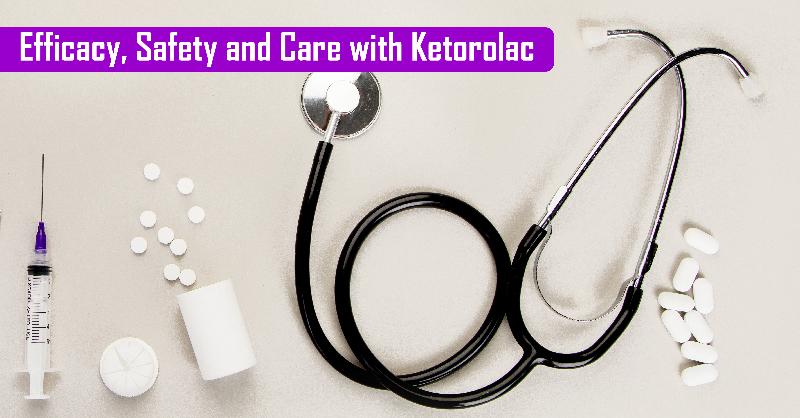
Ketorolac tromethamine is a potent nonsteroidal anti-inflammatory drug (NSAID) indicated for short-term management of moderate-to-severe acute pain, particularly in postoperative settings (1-3). It offers rapid, opioid-sparing analgesia and is often incorporated into multimodal pain management strategies to reduce opioid-related adverse effects (2,

A 2-month-old, 3.72 kg male infant with epidermolysis bullosa (EB) simplex was scheduled for left inguinal hernia repair and circumcision. The patient had chronic opioid exposure from daily morphine (0.1 mg/kg) for wound management. Given extensive cutaneous fragility and parental preference to avoid airway instrumentation, a spinal anesthesia-firs
